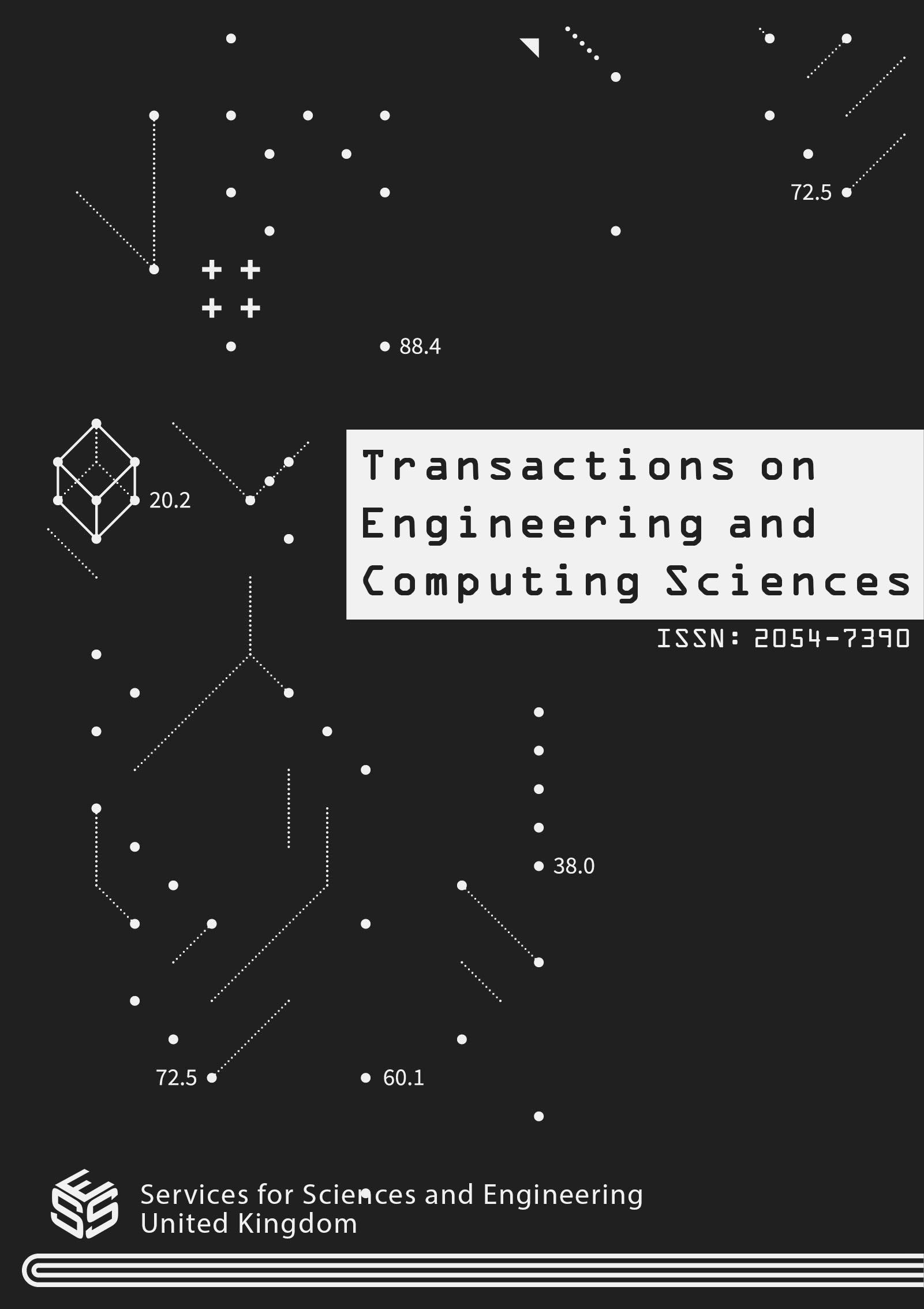Risk Allocation and Sharing in Mega Industrial Projects from the Perspective of the New Yellow Book -FIDIC-2017 to Approach a Balanced Construction Contract
DOI:
https://doi.org/10.14738/tecs.121.16260Keywords:
Mega Industrial Projects, Risk allocation, Relative Importance Index, Frequency-Adjusted Frequency Index, Risk identification, optimal risk, risk management, FIDIC-2017 Yellow Book, Delay DamagesAbstract
Owners frequently allocate excessive risks to contractors and utilize (custom) contracts to fit their project needs and specifications. The MENA region has seen a boom in industrial projects in recent years, which has made it imperative to examine the barriers to optimal risk allocation and throw light on the processes currently in place for risk allocation. In order to approach a balanced construction contract, the current article aims to investigate the existing risk distribution in mega industrial projects. Properly identifying, evaluating, and assigning risks in contracts can improve project performance. First, the study found 70 risk factors that were categorized into nine groups based on a thorough literature review and scientometric analysis. Estimates of the likelihood, impact, and method of control for these risk factors were requested from the respondents. The findings showed that the way risk is now allocated in construction projects is ineffective and has resulted in a number of other issues, including aggressive contractual relationships, claims, and conflicts. Strong organizations today work hard to maintain effective partnerships by enforcing policies that promote cooperation and aid in risk management. Contractual provisions used in mega industrial projects become less flexible and less able to accommodate the needs and interests of the parties involved in all potential situations as a result of standardization. One of the most prominent standard forms of contracts for mega industrial projects, the Conditions of Contract for Plant and Design Build (FIDIC form 2017 Yellow Book), was researched and reviewed to identify risky provisions and offer solutions for contractual issues. In order to reduce the project's major risk factors and partially reform the contract requirements into risk-balanced conditions that may improve the contract's utility as a project management tool, several modifications were made. These amendments concentrated on the particular needs of mega industrial projects and made a concerted effort to address a number of issues, including the Employer and Contractor's responsibility matrix, liability limitations, resolving procurement-related issues, design errors and contradictions in documents, the necessity of coordination between contractors and subcontractors, the significance of following the project schedule, and the relationship between delay damages and project milestones. Contract parties will benefit from the study's findings in terms of effective project management, risk reallocation, management, and reduction of claims, as well as preventing disputes.
Downloads
Published
How to Cite
Issue
Section
License
Copyright (c) 2024 Ahmed Mohammed Abdelalim, Mona Abdelhamid Hassanen, Adel ElSamadony

This work is licensed under a Creative Commons Attribution 4.0 International License.






